Monochrome vs RGB LCD Screens in Resin 3D Printing: A User’s Perspective
Introduction
For users of resin 3D printers, the choice between monochrome and RGB LCD screens is crucial. This article delves into the comparative advantages of monochrome LCD screens and their impact on the resin 3D printing process.
Understanding the Key Differences
Light Efficiency and Print Speed
Monochrome LCD screens have a higher light transmittance than RGB screens. For 3D printing enthusiasts, this means faster curing of resin, resulting in quicker print times without sacrificing detail. This efficiency is particularly beneficial for professionals who require rapid turnaround.
Resolution and Print Quality
Monochrome screens offer superior resolution and pixel density, leading to finer details and smoother finishes in printed objects. For users specializing in intricate designs, such as jewelry or dental models, the precision of monochrome LCDs can be a game-changer.
Durability and Operational Cost
Monochrome LCDs are more resilient to the intense UV light used in resin printers. This translates to a longer lifespan for the screen, reducing the frequency of replacements. For users, this means less downtime and cost savings in the long run.
Energy Consumption
Monochrome LCD screens are more energy-efficient than RGB screens. This aspect is crucial for users concerned about electricity costs, especially in a professional setting where multiple printers may be in use.
The User’s Advantage
- Faster Production Cycles: Monochrome screens can significantly cut down printing time, a key factor for commercial users.
- Enhanced Detailing: High-resolution capabilities make monochrome LCDs ideal for prints requiring intricate detail.
- Long-term Savings: Reduced need for screen replacements and lower energy costs contribute to long-term savings.

Conclusion
The choice between monochrome and RGB LCD screens in resin 3D printing impacts everything from print quality to operational costs. Monochrome LCD screens offer clear advantages in terms of efficiency, precision, and durability, making them a superior choice for both hobbyists and professionals in the field of resin 3D printing.
Subscribe to Xpiens to learn more about the latest news in the 3D printing industry
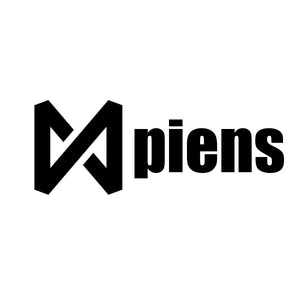

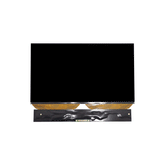
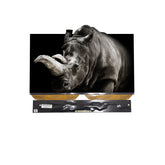
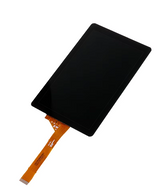
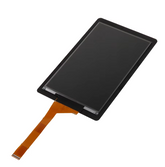
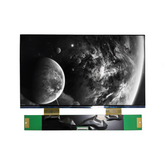
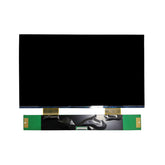



Leave a comment
Please note, comments need to be approved before they are published.